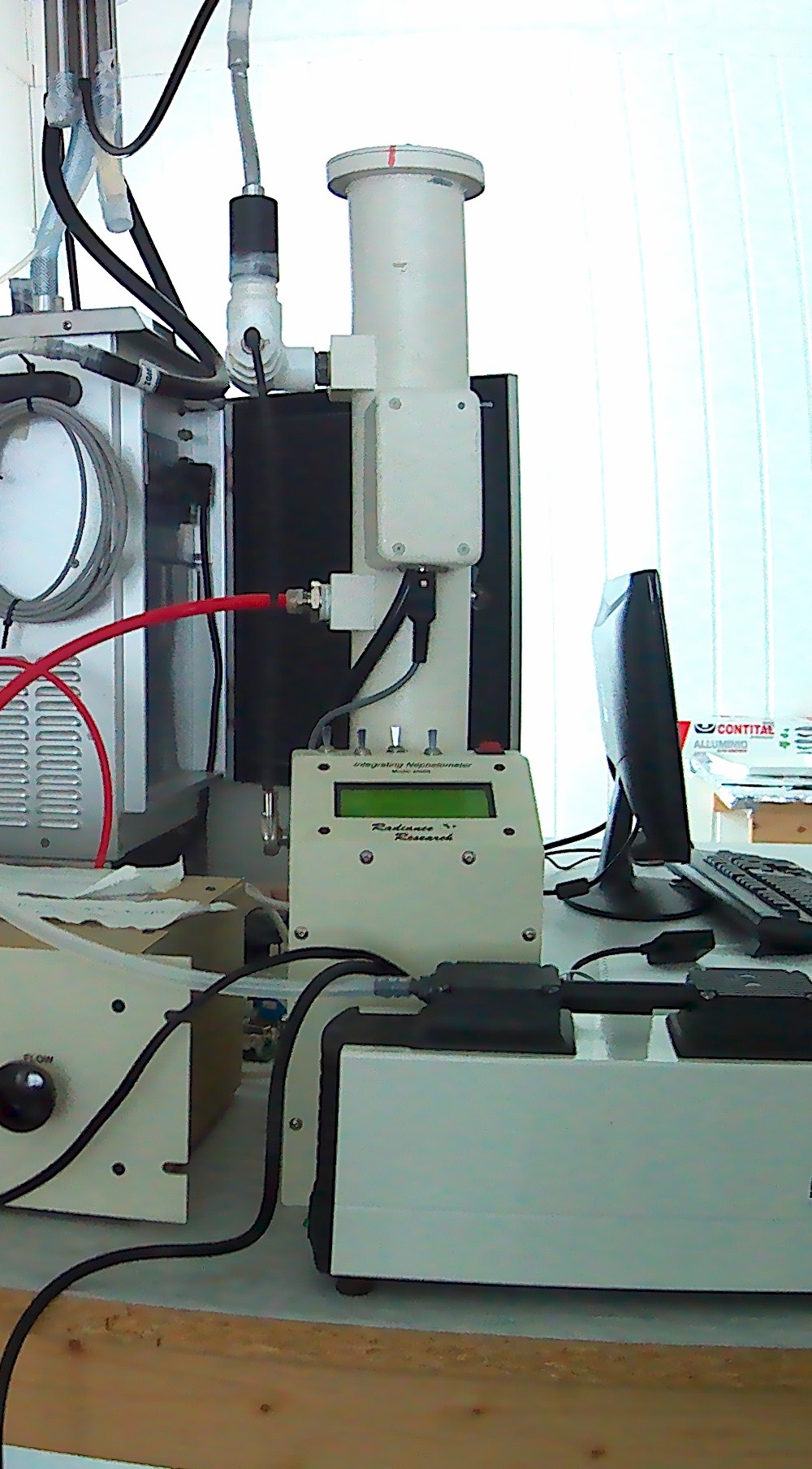2021
Type of resources
Available actions
IADC Research Activities
Topics
Keywords
Contact for the resource
Provided by
Years
Formats
Representation types
Update frequencies
status
Scale
-

RIS: 11079 ARctic DISsolved CO2 (AR-DIS-CO2) Project start: 2018-08-16 end: 2023-08-16 The project tackles the dynamics of dissolved gases in the ocean water of the Kongsfjorden (Svalbard islands, W archipelago). The main goals are: the characterization and monitoring of Kongfjorden’s waters in terms of dissolved gases species and ii) the identification and understanding of the relationships between dissolved gases time-variations and glaciers melting dynamics. Focus of the research activities is to monitor and comprehend the processes involving major dissolved gas species, trying to identify and understand how drainage melt glaciers influence the TDIC and gas contents of the fjord. The project is also aimed to develop a portable instrument for on-site measurements of TDIC and dissolved gases (in particular CO2, but also O2, N2, Ar, CH4, H2). Vertical profiles of temperature, pH, salinity along selected site in the Kongsfjorden. The selection of measurement sites was addressed to obtain data at least from one of the most deep vertical profile and also from profiles close to main glaciers drainages (Bayelva basin and Kronebreen-Kongsvegen glaciers). TDIC measurements is performed in water samples. water samples in glass bottles pre-evacuated are collected for gases determination.
-

The column water vapor or Precipitable Water Vapor (PWV) is measured at Thule Air Base (76.5°N, 68.8°W), Greenland, by means of a ground-based millimeter-wave spectrometer (GBMS) installed at 220 m a.s.l. The GBMS observes rotational lines of atmospheric molecules emitting between 230 and 280 GHz, with a spectral pass band of 600 MHz. The PWV is calculated from direct measurements of atmospheric opacity (tau) at the indicated frequencies by using the linear relation PWV = a+tau*b, where a and b depend only on frequency. Measurements have a temporal resolution of 15 minutes and are carried out continuously when the GBMS is operated.
-

Homogenized Tethered Balloon record at station Ny-Ålesund, Spitsbergen in 2018 The scientific goals of BC-3D are to evaluate the distribution of Black Carbon and Mineral Dust in the first layers of atmosphere and surface snow over targeted Svalbard glaciers in order to identify the mechanisms of the air/snow exchanges also assisted by model predictions to provide the full 3D picture. Aerosol vertical profiles by tethered balloon: Aerosol vertical profiles gridded at a 50 m spatial resolution: R, T, P, RH, Aerosol size distribution, BC concentration. Maximum altitudes 1500 m.
-

Measurements are obtained using a Pyrgeometer Kipp&Zonen, model CGR4, installed at Thule Air Base (220 m a.s.l.) in May 2013. The instrument sensitivity was determined during factory calibration for temperatures down to -40 °C, thus specifically suited for the polar environment. Data are acquired by a datalogger at 30 s time intervals and then transferred to a PC. The CGR4 and its dedicated PC are maintained by Daniela Meloni at ENEA.
-
Snow sampling every year at the Kongsvegen glacier, in Svalbard
-

Holocene environmental change on Svalbard (HOLS) The aim of this international umbrella project is to study the variation of environment and climate in Svalbard during the Holocene. At the moment no integrated temperature or precipitation record exists for the entire Holocene on Svalbard. We aim to reconstruct temperature and precipitation for the Holocene by using a combination of lake sediment records, proglacial lakes and glacial moraine records. By analysing proxies as chironomids, alkenones, macro fossils and DNA temperatures can be reconstructed. Proglacial lake sediments and glacial moraine records help to reconstruct former ELA of glaciers and can be used to reconstruct precipitation records in combination with available temperature records.
-

Aerosol scattering at 1 wavelength (530 nm) measured using a nephelometer M903, manufactured by Radiance Research.
-

Terrestrial Photography ApplicationS on Snow covEr in Svalbard (PASSES) Evolution of the fractional snow cover in the Broggerdalen area using ground-based cameras located at the Climate Change Tower. Development of a new snow product focused on the estimation of the fraction of snow cover in selected sites at different spatial resolutions. All the available data obtained from public repositories such as the digital elevation model of Svalbard, the webcam imageries in Svalbard and satellite products from Landsat, Sentinel and MODIS missions, will be integrated in order to estimate the fraction of snow cover, at different spatial resolutions, for each satellite mission, computed at different sites in Svalbard islands.
-
Aerosol size distribution (>500 nm) measured by a SMPS 3321 (TSI).
-

Ionospheric Scintillations Arctic Campaign Coordinated Observations (ISACCO) the project aims the monitoring of Total Electron Content and scintillations by suitably modified GNSS receivers sampling at 50 Hz for ionospheric modelling in NyAlesund